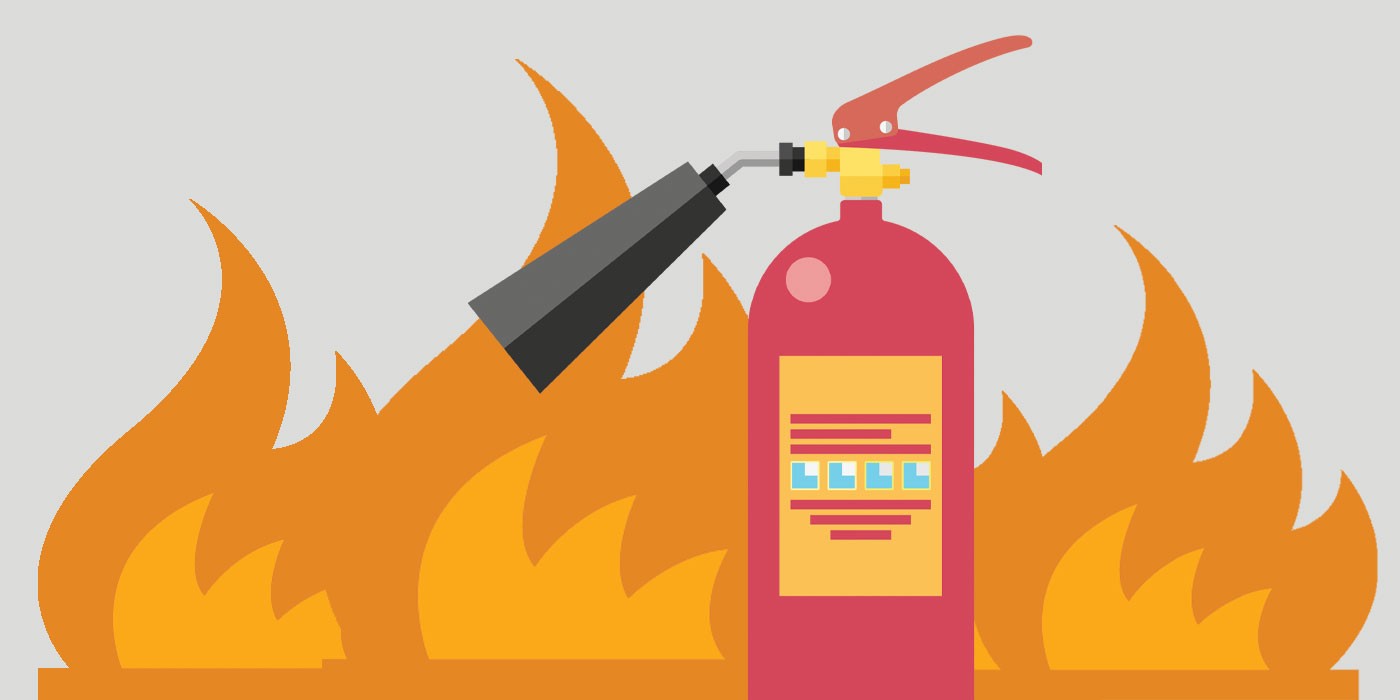Sydney companies must ensure that they are protected from fires. This isn’t only to be in compliance with the law, but also to protect their employees, clients as well as their property. A fire can cause devastating losses in minutes, but many of these risks can be reduced or even eliminated with the proper security measures in place. Fire inspections, regular testing and tagging of electrical systems and the compliance with CFSP regulations all contribute to create a safer workplace and ensure businesses remain compliant with local council as well as Building Code of Australia (BCA) standards.

The reason fire inspections are the foundation of safety
Fire inspections are the first protection against possible hazards. Inspections ensure that each element of a building’s fire protection system is in place and current. In Sydney many businesses, they have to conduct inspections every six to twelve months, based on the building type and council regulations. An inspection often covers everything from fire alarm panels and sprinkler systems, to smoke alarms, hydrants, extinguishers, and emergency lighting.
Inspections are essential as they allow you to spot issues that are not obvious and before they cause danger. In an emergency the smallest flaws on a smoke detector, or a faulty fire hydrant may appear to be insignificant. Regular inspections for fires are a proactive way for business owners to not only ensure they meet the requirements of their compliance, but also protect themselves from unexpected disasters.
Electrical risks that are not obvious are addressed through testing and labeling
Electrical systems can be an important cause of fires at work. Testing and tagging is consequently an essential element of the plan to ensure security from fire. This procedure involves checking electrical equipment to make sure it’s safe, functional and in compliance, followed by affixing a visible tag that indicates the item was inspected and passed. This is not just an obligation for all companies. It is also a way to protect from hidden risks.
If they are not checked for wear, old or worn cables, appliances that are defective or wiring that is not up to date can quickly lead to fire hazards. Regularly testing and marking decreases the likelihood of an electrical issue which could lead to the possibility of a fire. This also assures employees that their working environment is safe, creating confidence and trust in the workplace. Combined with fire inspections and testing, this comprehensive safety program reduces the risk from a variety of angles.
The role of CFSP is to ensure compliance and certification
Only a Competent Fire Safety Professional (CFSP) located in New South Wales, can be a signer and certify important documents for fire safety such as Annual Fire Safety Statements. The introduction of CFSP accreditation raises the standard of fire safety by ensuring that only qualified professionals assess and confirm security measures. Utilizing a CFSP guarantees that inspection reports aren’t just a piece of paper, but reliable evaluations by experts.
The role of a CFSP goes far beyond simply marking boxes. They assess the performance and condition of fire safety systems and prepare comprehensive report. They also verify conformity with the requirements of the regulatory authorities. Without CFSP accreditation, businesses are at risk of fines, legal complications, or even shut downs if fire protection measures are found to be insufficient. Working with professionals who have been certified ensures the fire safety systems are maintained in a proper manner, and the requirements for compliance are met.
Safety in the Fire Service as an Ongoing commitment
Safety in the event of fire is not a one-time obligation but an ongoing responsibility for each business owner. Regular inspections, continuous testing of electrical systems and the proper certification via CFSP oversight create a cycle of safety that does not stop. Beyond ensuring compliance with the law, this approach promotes a workplace culture of safety. Employees are reassured that clear evacuation procedures are in place Smoke alarms are working and the emergency lighting has been tested and fire suppression systems are in place for use.
Treating fire safety as a continuous process rather than a yearly checkbox not only reduces risks but also strengthens a business’s reputation. If safety is a priority customers and clients are more comfortable. A proactive, long-term approach to fire protection could save you money through preventing expensive damage in the form of fines, legal actions or even lawsuits. It also protects all those in the building.
Conclusion
Sydney’s fire safety program is a multi-layered process that involves inspections tests, tagging, and testing and the professional certification of a CFSP. Each of these elements play a crucial role in assisting businesses to comply with regulations, but more importantly in securing the lives of people and property. Companies that place safety as an essential aspect of their work and not just a passing note will meet their legal obligations as well as ensure a stable and safe and secure environment.
